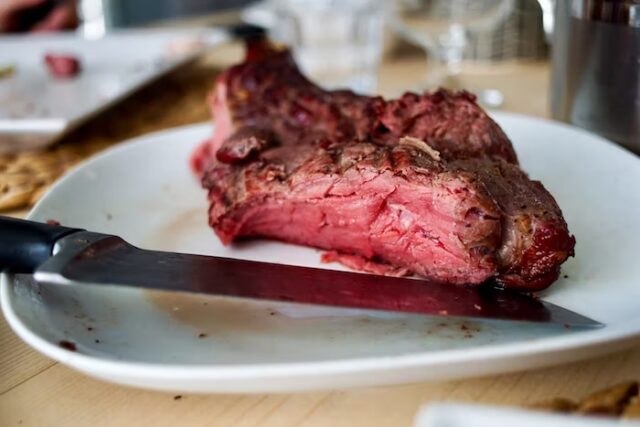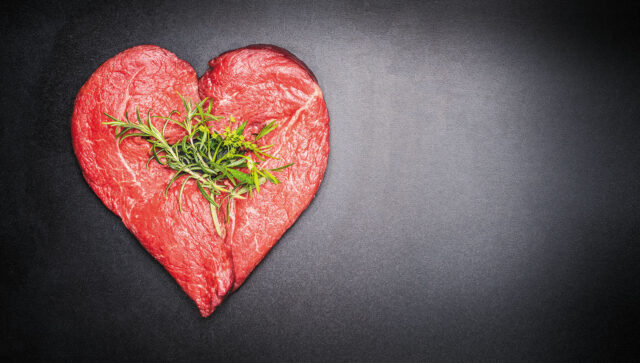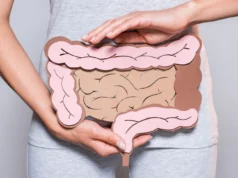
The secret to a balanced diet is moderation. Over-indulging in your favourite food group can make you feel bloated and even lead to concerning health conditions. One of the top food culprits in unhealthy eating is red meat. While red meat is immensely popular around the world, too much could make you ill.
Whether you’re opting to switch your meaty lunch meal for a gluten free snack or simply choosing a salad, making a few dietary changes can instantly make you feel better. If you think you may be eating too much red meat, then this article is for you.
Are You Eating Too Much Red Meat?
Red meat is a staple in many homes around the world. Australia is no different. Who doesn’t enjoy a juicy hamburger with all the frills, or a tender steak barbequed on a Saturday afternoon?
Make no mistake, red meat has its benefits. Not only is it jam-packed with protein, but well-prepared red meat also provides your body with zinc, iron and vitamin B12. Despite the benefits, it must be noted that eating too much red meat has been associated with a host of health issues such as cardiovascular disease and high cholesterol.
How do you know when you’re having too much red meat? Keep reading for some common signs that it may be time to cut back on your favourite food group.
1. An Increase in Your Cholesterol Levels
Part of what makes red meat so appealing is its juiciness. For the most part, that added juice in your burger or steak is created by the saturated fat inside red meat. Despite being delicious, too many saturated fats raise your blood cholesterol. Higher levels of cholesterol can lead to clogged arteries which in turn leads to heart disease and high blood pressure.
Look out for these common signs of high cholesterol if you’ve been overindulging in red meat:
- Left-sided chest pain
- Slurred speech
- Pain in the lower legs
- Dizziness
- Pressure in your chest
To reduce the risk of cholesterol, switch to lean cuts of beef and stick to the recommended 6 ounces as part of a balanced meal.
2. Issues With Bad Breath
Consuming too much red meat often results in your body producing excessive levels of ammonia. This smell creeps up from your stomach and becomes bad breath. If you find yourself reaching for the super-strong gum more often than not, it might be time to switch to gluten free slices for lunch!
Pro tip: While it may be tempting to have red meat for all your daily meals, it’s a good idea to cut red meat down to one meal a day. That means no beef sausages for breakfast, burgers for lunch and steak for dinner! Add some fish, chicken and vegan options to reduce ammonia levels.
3. Weight Gain

When we start noticing a bit of weight gain, many people are quick to cut out sugar. However, sugar isn’t the only culprit in your growing waistline. Oversized portions of red meat are one of the quickest ways to increase your calorie intake.
To keep your waistline in check, opt for small portions of leaner beef cuts. Flan steak, strip loin and leaner ground beef are good alternatives that will allow you to enjoy red meat without gaining those extra pounds.
4. Increased Bouts of Constipation
Unfortunately, despite being a highly digestible protein, beef can cause constipation if you’re consuming too much. And you’re not alone if you don’t like the food types that provide the fiber necessary to keep things “regular.”
Increase your fiber intake by adding whole grains, beans, lentils and produce to your diet. If you’re having a juicy steak, be sure to have a fiber-rich vegetable as a side. Opt for high in fiber cereal for breakfast rather than bacon and eggs.
Some more ways to increase your fiber intake:
- Snack on fruit rather than meaty treats
- Include veggies with all your meals (eat them first to be less tempted to just ignore them)
- Find creative recipes that make fruit and veggies seem more appealing
- Use herb seasonings and low-carb sauces to make veggies less bland
- Eat popcorn – few people know that it’s on the high-fiber food list
- While natural fiber is always best, you can opt for a supplement
- Add avocados and chia seeds to your salads
- Add nuts to your recipes and keep them around to snack on
- Replace some meaty dishes with chicken or fish options

Final Thought
If you’ve been feeling poorly of late, it might be due to the quantity of red meat in your diet. Following some of our guidelines and adding some vegan of fiber options will reduce the negative effects red meat has on your cardiovascular and gut health. Finding the happy medium in your diet will have you feeling better in no time!













